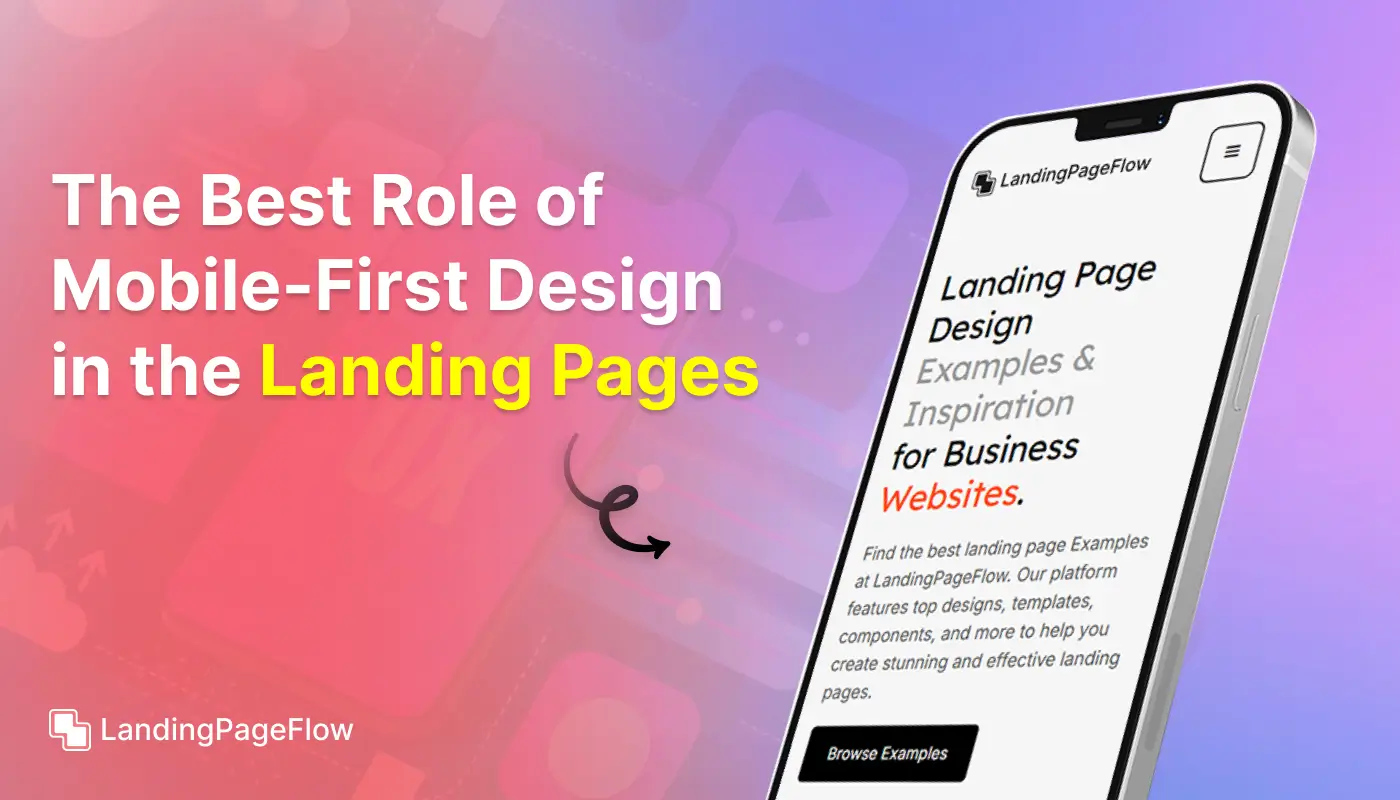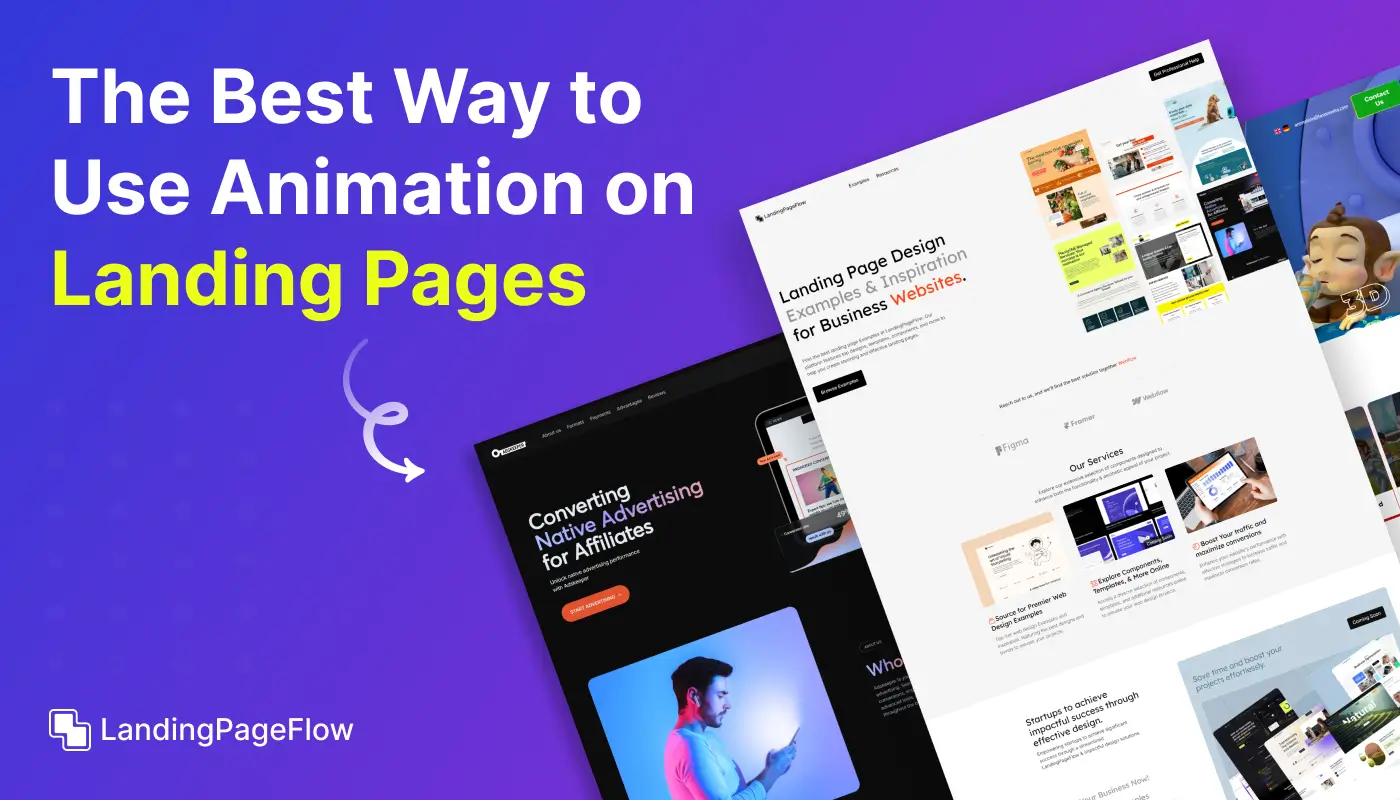How to Create an SEO-Optimized Landing Page That Ranks and Converts

November 18, 2025
Ranking high on search engines requires more than just well-placed keywords. A landing page designed to satisfy both users and algorithms can elevate brand visibility.
Search-friendly pages that offer clarity and value build credibility and trust, ensuring visitors find exactly what they are looking for in seconds. Engaging visuals, concise messaging, and optimized headlines guide readers toward the next step without overwhelming them with unnecessary noise.
Search engines reward structured content and intuitive navigation, both of which play a role in reducing bounce rates and boosting retention.
Businesses investing in high-performing landing pages see increased organic reach that fuels conversions without relying solely on paid campaigns.
Content alignment with user intent ensures each page answers pressing questions while guiding them toward the right solution.
Smart integration of CTAs and streamlined design elements can transform simple pages into growth engines.
"Wondering how to merge SEO with high conversions?
Request your free guide & unlock the blueprint for results."
Table of Contents
- Conduct Thorough Keyword Research
- Focus on User Intent
- Craft a Compelling and SEO-Friendly Headline
- Write High-Quality, Engaging Content
- Optimize Meta Tags (Title and Description)
- Use Proper URL Structure
- Optimize For Mobile Responsiveness
- Include Relevant and High-Quality Visuals
- Prioritize Page Speed and Performance
- Implement Internal Linking
- Leverage Social Proof and Trust Signals
- Add a Strong Call-to-Action (CTA)
- Use A/B Testing to Improve Conversion Rates
- Monitor and Update Regularly
1. Conduct Thorough Keyword Research

Before you even begin designing or writing your landing page, start with keyword research. Identifying the right keywords ensures your landing page aligns with what your target audience is searching for. Use tools like:
- Google Keyword Planner
- Ahrefs
- SEMrush
Focus on long-tail keywords that target specific user intent and are easier to rank for. Include a mix of high-volume keywords and more specific, less competitive ones.
Example: Instead of targeting "CRM software," you might target "best CRM software for small businesses" or "affordable CRM for startups."
2. Focus on User Intent

User intent is key to effective SEO and conversions. Understand the type of search intent behind your keywords—are users looking for information, making a purchase, or comparing products? Structure your content to satisfy that intent:
- Informational: Provide detailed, valuable information.
- Transactional: Highlight features, benefits, and pricing to encourage purchases.
- Navigational: Make it easy for users to find what they’re looking for.
By aligning your landing page with user intent, you increase the likelihood of ranking higher and converting visitors.
3. Craft a Compelling and SEO-Friendly Headline

Your headline is often the first thing visitors and search engines notice. To ensure your headline performs well:
- Include Your Main Keyword: Incorporate the primary keyword for SEO value.
- Make it Compelling: Capture attention with a strong, benefit-focused headline.
- Keep It Clear: Visitors should immediately know what your page is about.
Example: “Affordable CRM Software for Small Businesses | Free Trial Available” – this headline includes a keyword, clear messaging, and a call-to-action.
4. Write High-Quality, Engaging Content

Search engines prioritize content that provides value to users. Here’s how to create engaging content that also ranks well:
- Use Keywords Naturally: Avoid keyword stuffing; focus on naturally incorporating them into the content.
- Break Up Content: Use headings (H1, H2, etc.), bullet points, and short paragraphs to make your content easy to read.
- Answer Questions: Anticipate and address common questions your audience may have.
Your content should not only drive SEO but also guide visitors toward your CTA, ensuring it’s optimized for both ranking and conversion.
5. Optimize Meta Tags (Title and Description)
.webp)
Meta tags are crucial for both ranking and click-through rates (CTR) from search engine results pages (SERPs). Here’s how to optimize:
- Title Tag: Include your primary keyword and keep it under 60 characters.
- Meta Description: Craft a compelling, 150-160 character summary that includes a keyword and an action-driven phrase.
An optimized meta title and description can improve your visibility on SERPs and entice more users to click on your landing page.
6. Use Proper URL Structure

Your landing page’s URL structure plays a role in SEO. Follow these guidelines:
- Keep It Short and Descriptive: A concise, readable URL improves user experience and SEO.
- Include Keywords: Incorporate your primary keyword in the URL.
A well-structured URL with relevant keywords can positively impact your ranking.
7. Optimize For Mobile Responsiveness

With the majority of web traffic now coming from mobile devices, having a mobile-optimized landing page is essential. Google uses mobile-first indexing, so ensuring your landing page:
- Loads Quickly on Mobile: Compress images and minimize code to reduce load time.
- Adapts to All Screen Sizes: Use responsive design to ensure your page looks great on any device.
- Is Easy to Navigate: Make sure buttons and links are easily clickable on small screens.
A mobile-optimized page not only improves SEO but also enhances user experience, leading to higher conversions.
8. Include Relevant and High-Quality Visuals

Visual content (images, videos, infographics) can enhance user engagement and improve SEO, but they must be optimized:
- Use Alt Tags: Add descriptive alt text for each image that includes your target keywords.
- Compress Images: Reduce file sizes to ensure faster page load times.
- Use Captivating Visuals: High-quality images and videos that align with your message boost engagement and credibility.
Visuals help break up text and make your landing page more engaging, leading to higher conversion rates.
9. Prioritize Page Speed and Performance

Page speed is a ranking factor for Google, and it directly impacts conversion rates. Slow-loading pages frustrate users, causing higher bounce rates. Use these tips to improve performance:
- Compress Images and Code: Reduce file sizes to optimize loading times.
- Use a CDN: Content Delivery Networks can distribute your content faster, especially for global users.
- Minimize Redirects: Reduce the number of redirects, which adds extra loading time.
Tools like Google PageSpeed Insights and GTmetrix can help you identify and resolve performance issues.
10. Implement Internal Linking

Internal linking helps search engines understand the structure of your website and improves user navigation. Best practices include:
- Link to Related Content: Link to blog posts or relevant landing pages that provide further information.
- Use Descriptive Anchor Text: Include keywords in your anchor text to provide context.
Internal links improve user experience and help search engines crawl your site more effectively, boosting SEO.
11. Leverage Social Proof and Trust Signals

Social proof, such as testimonials, case studies, and reviews, can increase your landing page’s credibility. Incorporate:
- Customer Reviews: Highlight positive feedback from satisfied customers.
- Trust Badges: Display security certifications, payment badges, or endorsements.
- Case Studies: Showcase success stories that illustrate how your product or service solved a problem.
Trust signals help visitors feel confident in taking the desired action, improving your conversion rates.
12. Add a Strong Call-to-Action (CTA)
.webp)
A high-converting landing page always includes a clear and compelling CTA. Here’s how to create an effective one:
- Use Action-Oriented Language: Phrases like “Sign Up Now” or “Get a Free Quote” encourage immediate action.
- Make It Visible: Use contrasting colors and place your CTA above the fold to ensure visitors see it without scrolling.
- Limit Distractions: Keep the focus on the CTA by minimizing other links or offers on the page.
A well-designed CTA guides visitors to the next step and maximizes conversions.
13. Use A/B Testing to Improve Conversion Rates

A/B testing allows you to test different elements of your landing page to determine what drives the highest conversion rates. Test:
- Headlines: Try different variations to see which resonates better with your audience.
- CTAs: Experiment with placement, colors, and text.
- Images and Visuals: Compare engagement levels with different types of media.
By continuously testing and optimizing, you can fine-tune your landing page for maximum impact.
14. Monitor and Update Regularly

An SEO-optimized landing page is never “finished.” Regularly monitor performance metrics like traffic, bounce rates, and conversions. Use tools like:
- Google Analytics: Track user behavior and conversions.
- Heatmaps: Tools like Hotjar show where users click and engage with your page.
Updating content, refreshing keywords, and optimizing for new SEO best practices ensure your landing page stays relevant and continues to perform well.
Conclusion
Crafting an SEO-optimized landing page means balancing technical performance with audience-centered design. Pages must satisfy search intent while driving clear actions.
A strong focus on content quality ensures readers stay engaged, reducing bounce rates and signaling credibility to search engines.
Speed and usability continue to play a decisive role, making mobile-first layouts and fast-loading elements a must-have for success.
Clear navigation paths and visually distinct CTAs guide users effortlessly toward conversions without confusion or distraction.
Every component, from meta descriptions to structured headings, contributes to long-term ranking potential.
Brands ready to maximize visibility and conversions should treat SEO-driven landing page design as a cornerstone of growth.

FAQ
1. What makes a landing page SEO-friendly?
An SEO-friendly landing page uses relevant keywords, clear headings, optimized images, fast load speeds, and structured content aligned with search intent.
2. Should I prioritize design or SEO for landing pages?
Both are essential. SEO ensures visibility, while design ensures engagement and conversions. The best results come from balancing the two.
3. How important are keywords for landing page rankings?
Keywords are vital but must be used naturally. Overstuffing harms rankings, while strategic placement in titles, headers, and CTAs boosts performance.
4. Do backlinks impact landing page SEO?
Yes. Quality backlinks from trusted sites improve credibility and help search engines recognize the landing page as authoritative.
5. Can mobile optimization affect SEO rankings?
Absolutely. Search engines prioritize mobile-friendly pages, and users are more likely to engage when the experience is smooth on any device.
6. How often should I update landing page content for SEO?
Regular updates help maintain rankings. Refreshing keywords, content, and visuals every few months ensures relevance and stronger performance.



















